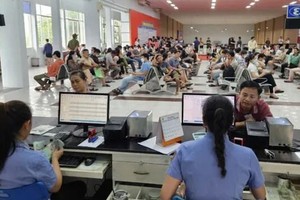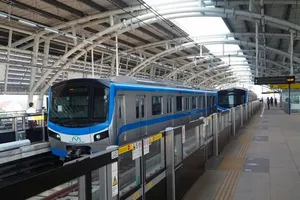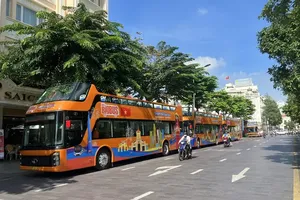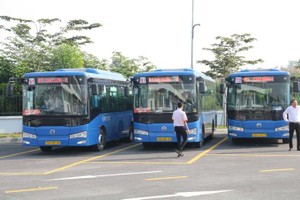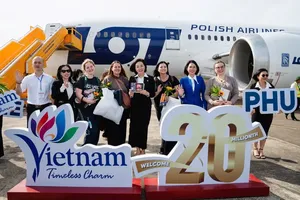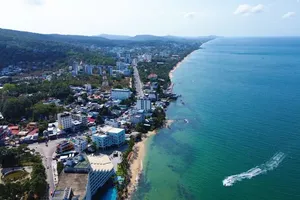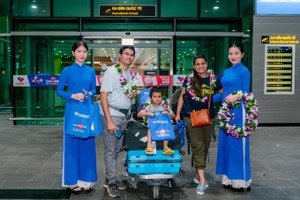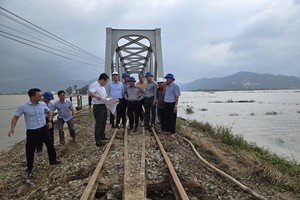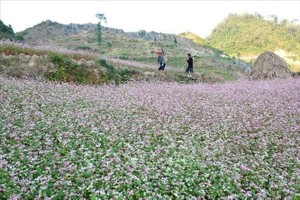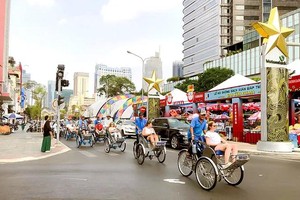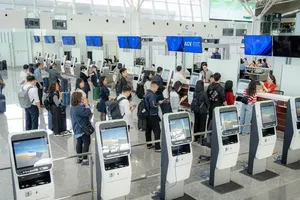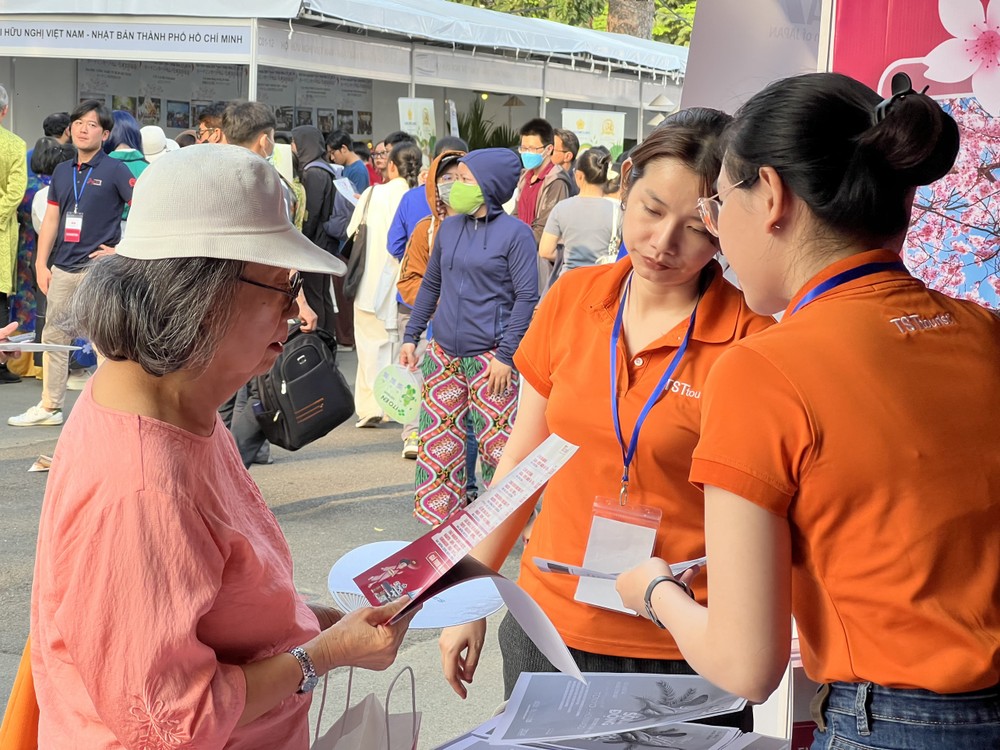
On March 12, Nguoi Lao Dong (Laborer) Newspaper organized a seminar titled "Solutions for Tourism Breakthroughs." According to some travel companies, although the statistics show a notable rise in international visitors to Vietnam, in reality, businesses are still struggling with a lack of customers.
Mr. Vo Viet Hoa, Director of the Outbound Tourism Division of Saigontourist Travel Services, raises a critical question: Despite the surge in visitors to Vietnam, how many are actual tourists? Because, in reality, businesses still hunger for customers.
Statistics indicate a rise in South Korean visitors to Vietnam. However, local travel agencies find it hard to compete in this market due to low profitability and inability to provide comprehensive package services. Although Saigontourist offers car rental services, it faces significant challenges. While the tourism industry celebrates the surge in South Korean visitors, it is crucial to reassess the situation.
Regarding Japanese tourists, they are tightening their budgets, and Vietnam is not their top choice destination. Similarly, Chinese tourists are shifting away from Southeast Asian countries, including Vietnam, in their travel preferences.
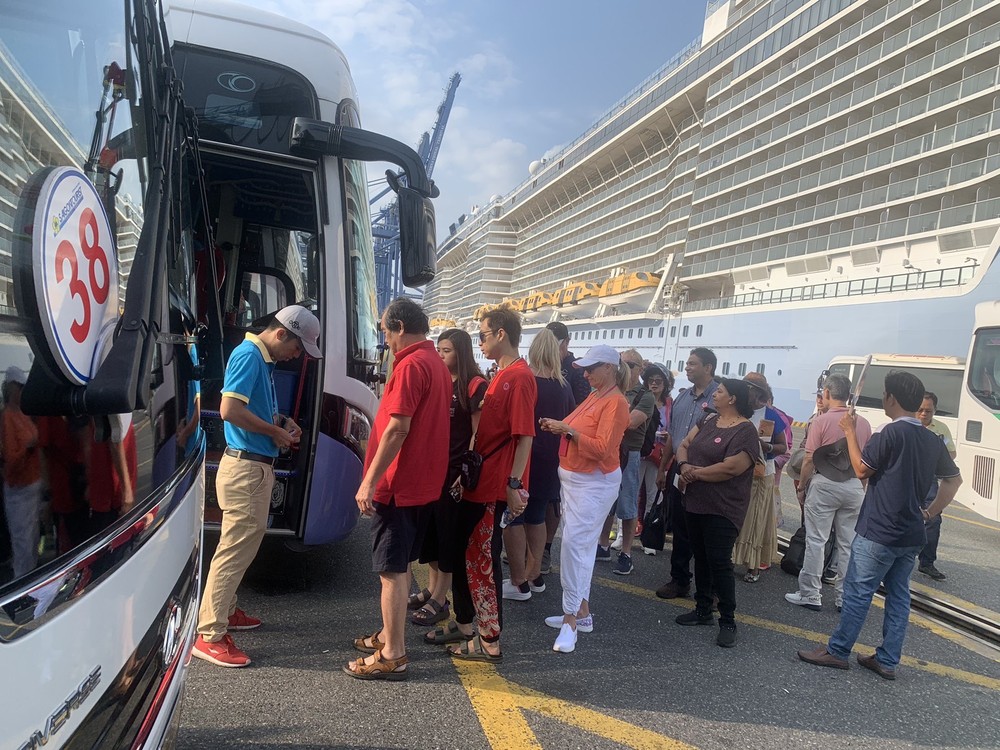
"The current visa policy is already quite relaxed, but it should be made even more appealing. Thailand, Malaysia, and Singapore have waived visas for Chinese tourists, so we also propose visa exemptions for tourists from key markets. Furthermore, there is a need for increased investment in young, skilled human resources for trade and tourism promotion," suggested Mr. Vo Viet Hoa.
Chairman Vu The Binh of the Vietnam Tourism Association assessed that although tourist numbers are growing quite quickly, they still fall short of the economy's potential and demand. In 2023, Vietnam received 12.6 million international visitors. This year's target is set at 17-18 million, and the association aims for 20 million tourists for businesses to strive for. However, while the overall tourist numbers are rising, there is not a significant increase in organized tour bookings.
In the last two decades, Korean and Japanese tourists have pursued their distinct preferences, while there has been a moderate resurgence in Chinese visitors, though not substantial. Affordable tours for Chinese tourists have made a comeback.
Mr. Vu The Binh emphasized the necessity of having suitable products to attract tourists, which requires appropriate policies. However, slow and difficult policy implementation has created numerous challenges for the tourism industry.
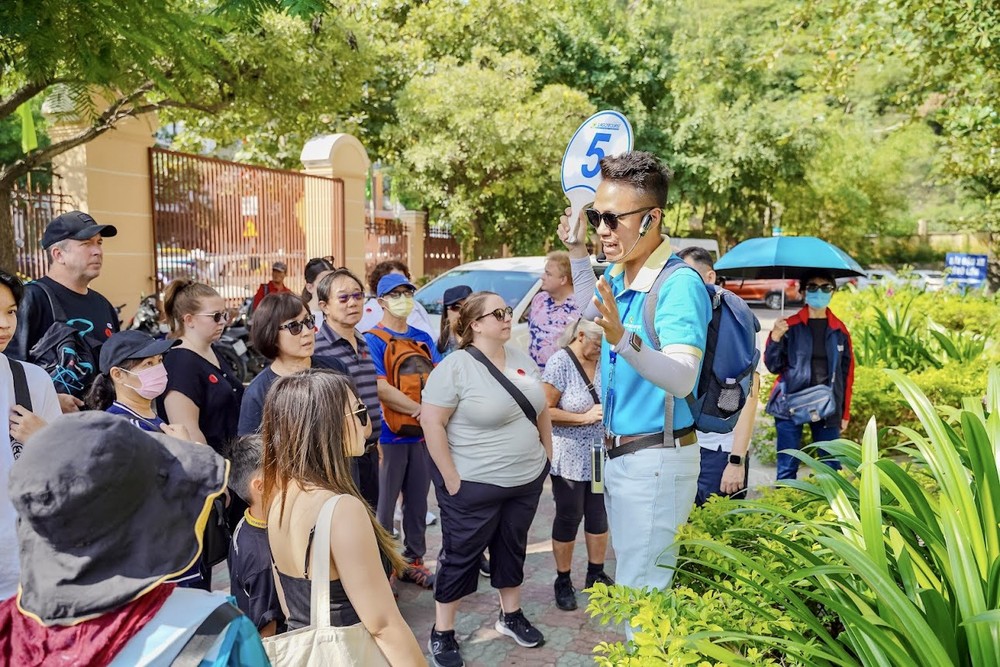
Ms. Nguyen Thi Khanh, Chairwoman of the Ho Chi Minh City Tourism Association, expressed her anticipation for the development plan for Vietnam's tourism sector as it lays the groundwork for the creation of unique products.
In Ho Chi Minh City, the Municipal Party Committee, People's Committee, and Department of Tourism have established collaborative programs nationwide. The association has partnered with provinces, cities, and businesses to create unique and distinctive tourism products. Furthermore, they are consistently aware of their responsibility for developing sustainable tourism, updating sustainable tourism programs, and advocating against plastic waste.
"Vietnam has established tourism promotion offices in Laos, and we hope that shortly, the Ministry of Culture, Sports, and Tourism, together with the Vietnam National Authority of Tourism, will establish representative offices in various regions, particularly in Northeast Asian countries," suggested Ms. Nguyen Thi Khanh.

